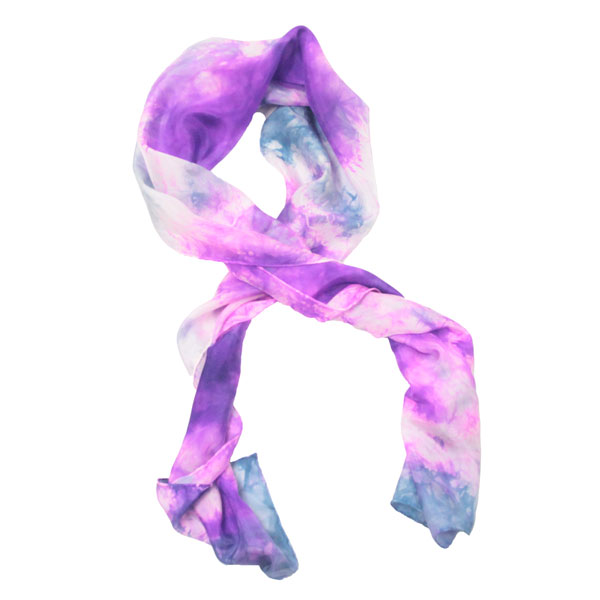I noted this article today in our local paper, although the author is writing out of Chicago. Â The ongoing research and confusion continue to be comfortable bedmates. Â I would urge any woman with menopausal questions to find a practitioner she trusts, and from whom she can get an individualized assessment of her symptoms. Â Menopause is NOT a disease. It is a natural transition just as puberty is a natural transition. Â Here is the article. I know it is lengthy, but take from it what you need and ignore what doesn’t feel right. Â Trust your feminine instincts.
What You Need To Know About Menopause – In A Flash
Julie Deardorff, Chicago Tribune
After a decade of rancorous debate on the risks and benefits of hormone replacement therapy for menopausal women, experts from more than a dozen top medical organizations worldwide have finally come to something resembling a consensus.
Hormone replacement therapy is used to treat hot flashes, night sweats, insomnia and vaginal dryness, said Dr. Scott Isaacs, an Atlanta endocrinologist. Women typically hit menopause when estrogen naturally declines, around 51.
Taking estrogen or a combination of estrogen and another hormone, progestin, the synthetic form of progesterone, can alleviate some symptoms. The therapy has been under intense scrutiny since 2002, when a large study called the Women’s Health Initiative reported that taking additional hormones — specifically the combination of estrogen and progestin — increased the risk of blood clots, stroke, breast cancer, heart attacks and gallbladder disease for some women. For a woman with a uterus, estrogen treatment alone raises her chance of getting endometrial cancer.
The researchers abruptly halted the study, concluding that risks outweighed benefits. Almost overnight, millions of women abandoned hormone therapy. Here’s what the medical profession has learned since then:
What We Now Know
Hormone therapy still has an important role in treating women who have symptoms, but it shouldn’t be used to prevent disease. William Young, president of the Endocrine Society, stressed that for healthy women under 60 who are in early menopause, hormone therapy can safely treat hot flashes, mood swings and vaginal dryness.
“Too many women don’t know this or are so confused about hormone therapy that they are not receiving any treatment at all,†Young said.
It’s best to take the lowest possible dose for the shortest amount of time.
For symptom relief, “if you’re healthy and in your 50s, and it has been less than 10 years since menopause, it’s pretty much a green light,†said Dr. Cynthia Stuenkel, a clinical professor of medicine at the University of California at San Diego. Hormone therapy is also beneficial for bone health and may decrease mortality and cardiovascular disease. But it’s not right for everyone; the risk level depends on a woman’s age, health history and the number of years since her menopause began, according to the Endocrine Society.
What’s Still Up For Debate
There’s some evidence that estrogen therapy can effectively reduce heart disease, but “it’s not universally agreed on,†Stuenkel said. Estrogen has a positive effect on bones and can help with treating osteoporosis, but it’s not a first-line treatment, Isaacs added.
Swiss researchers recently showed that boosting estrogen might enhance muscle strength in post-menopausal women. Still, last year the U.S. Preventive Services Task Force recommended against using hormonal therapy to prevent chronic conditions.
Until more is known, “use hormones if you have symptoms,†Stuenkel said. If you don’t, make some lifestyle changes to help prevent heart disease and other aging-related issues. “Move more, try the Mediterranean diet, stop smoking. Eat, drink and be merry with a friend,†she suggested.
What About Breast Cancer?
It’s complicated. The increased risk, which is small, is primarily due to adding progesterone to estrogen therapy. After 50 a woman has a three in 1,000 chance of developing breast cancer. If she uses combined hormone therapy for a year, the same therapy used in the Women’s Health Initiative study, her risk will be four in 1,000, Stuenkel said.
“That can be expressed as a 33 percent increased risk, which to most of us sounds much more ominous than an increase of one per 1,000,†she said.
For women who haven’t had a hysterectomy, progesterone can help prevent uterine cancer, Isaacs said. “But some of the heart disease issues have been tied to progesterone,†he said. A recent study in the Journal of the National Cancer Institute provided more evidence showing estrogen plus progestin in post-menopausal women is linked to an increased risk for breast cancer.
“Risk is also age-related,†Isaacs said. The safest candidate is a young woman who may have had a hysterectomy, who uses low doses over a short time and uses a patch. A patch is safer than a pill because a pill can lead to blood clots, he said.
What About Bio-identicals?
The term implies that bio-identical hormones are similar to the ones produced by the body. But all bio-identical hormones are synthetically made. The term, which is used for marketing, isn’t recognized by the Food and Drug Administration.
Often marketed as a health tonic that’s a “natural†or “safer†alternative to prescription drugs, bio-identical hormones became popular after the Women’s Health Initiative scared many menopausal women away from conventional treatment. But “there’s no proof that they are safer or more effective than traditional hormones,†Isaacs said.
For natural treatments, breathing, relaxation techniques and clinical hypnosis show the most promise.
American Indians traditionally used the herb black cohosh to treat menstrual irregularity; research suggests it could have a role in menopause. But a systematic review of 16 studies found there’s not enough evidence to support the use of black cohosh. Phytoestrogens, which are found in soy, have run into the same problem. Though popular, the studies are of poor quality, and, so far, soy hasn’t been shown to be effective.


It’s a joy to find soeonme who can think like that